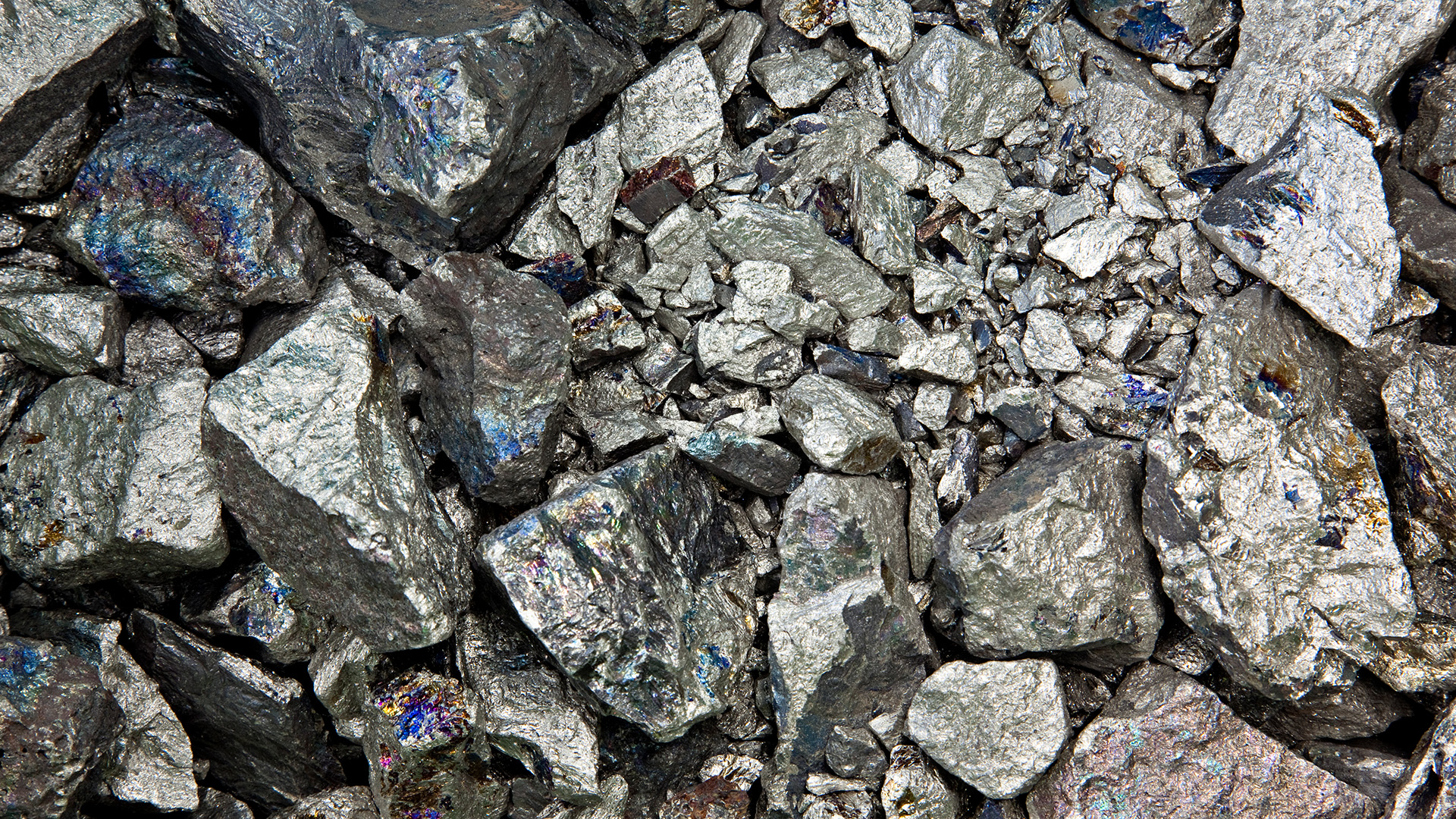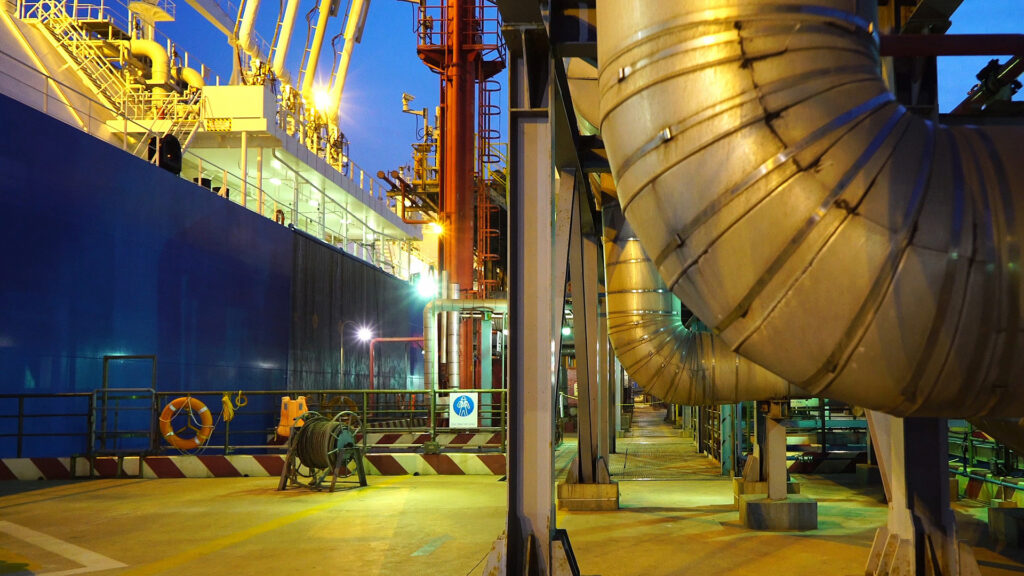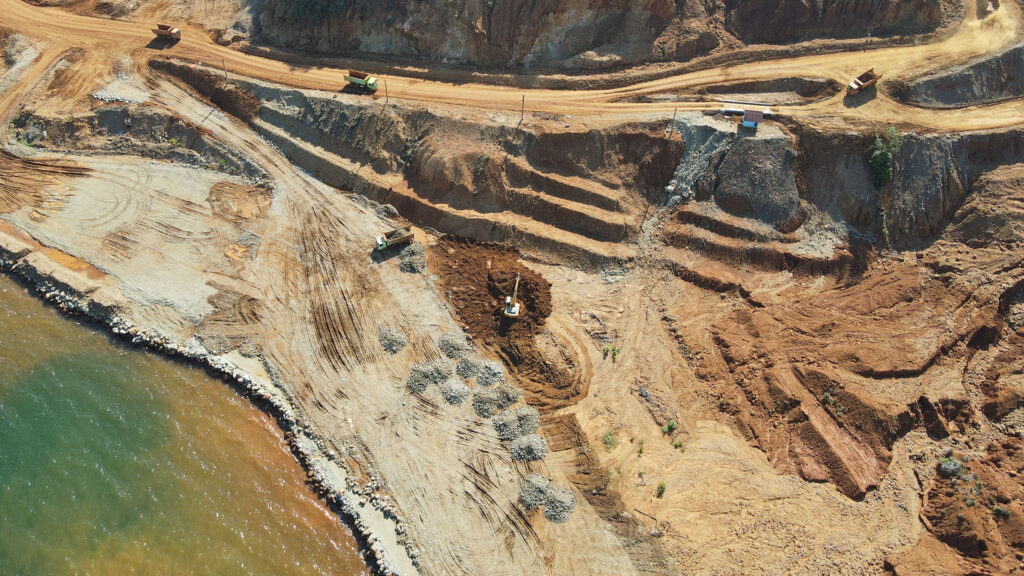

Federal Government Initiatives to Support Australia’s Transition to Net Zero: A Focus on Renewable Hydrogen and Critical Minerals
Like many countries around the world, Australia is striving both to transition to net zero emissions and to ensure security of supply of energy and critical minerals. In this article, a version of which also appears in the latest edition of HFW’s SQ magazine, we consider some initiatives at federal government level which focus on the domestic production of renewable hydrogen1 and critical minerals.
Future Made in Australia Package
Announced in the 2024-2025 Budget, the Australian federal government’s Future Made in Australia package (FMA package) pledged AUD$22.7 billion in investment towards domestic industry, designed to “maximis[e] the economic and industrial benefits of the move to net zero and secur[e] Australia’s place in a global economic and strategic landscape.“2 The FMA package is consistent with similar measures adopted by the US, EU and Canada to bolster domestic production, encourage private investment, and ultimately reduce dependence on global supply chains in geopolitically uncertain times.
In particular, the FMA package seeks to:
- attract and enable investment
- make Australia a “renewable energy superpower”
- value add to existing resources
- strengthen economic security
- support Australian ideas in innovation
- invest in people and places.
A National Interest Framework will govern the FMA package investment decisions, with priority industries to be identified through two streams: a) net zero transformation; and b) economic security and resilience. Five key sectors are recognised as falling within the National Interest Framework, all of which are related to the commodities sector. They are:
- renewable hydrogen
- critical minerals processing
- ‘green’ metals
- low carbon liquid fuels
- clean energy manufacturing, including battery and solar panel supply chains.
Legislation Update
On 10 December 2024, the Future Made in Australia Act 2024 (Act) was enacted, followed by the assent of the Future Made in Australia (Production Tax Credits and Other Measures) Act 2025, which came into force on 14 February 2025. The latter legislates for the Critical Minerals Production Tax Incentive (CMPTI) and the Hydrogen Production Tax Incentive (HPTI), designed to incentivise domestic production of critical minerals and renewable hydrogen.
Critical minerals – the CMPTI
Under the CMPTI, to qualify for tax offsets companies must:
- be constitutional corporations conducting a registered processing activity during the year
- incur certain expenditure in carrying on the processing activity
- be an Australian tax resident, or a foreign resident carrying on the processing activity via a permanent establishment in Australia.
Further, the processing activity must be performed at a domestic facility and must:
- involve substantially transforming a feedstock that contains a critical mineral into a purer or more refined form of the critical mineral that is chemically distinct from the feedstock, and a substantial purpose for carrying on the activity is to achieve this transformation, or
- be specified in the regulations as producing an outcome in relation to one or more of the identified 31 critical minerals.
The CMPTI allows for a 10 per cent tax offset of the company’s CMPTI expenditure in an income year. Of note, mining, beneficiation and manufacturing are among “excluded expenditure” items, which do not constitute eligible processing activities under this legislation.
Hydrogen production – the HPTI
The HPTI is available for eligible Australian resident corporations. This incentive comprises a time-limited and uncapped refundable tax offset. To qualify for the HPTI, projects must reach final investment decisions by 2030. The incentive allows a refundable tax offset of AUD$2 per kilogram for renewable hydrogen produced for an “offset period”, which cannot be longer than 10 years and must be between 1 July 2027 and 30 June 2040.
In order to qualify for the HPTI:
- the company must have created a Product Guarantee of Origin certificate that relates to the hydrogen. The certificate is created and registered under the Future Made in Australia (Guarantee of Origin) Act 2024.
- the facility at which the hydrogen is produced, and the production pathway for the hydrogen, must be specified in a production profile that is certified by the Clean Energy Regulator.
- the hydrogen associated with production at the facility must be in accordance with the production pathway.
The FMA package and associated measures confirm the newly re-elected Australian government’s commitment to transition to net zero and its ambition to advance domestic manufacturing and productivity to achieve Australia’s renewable energy goals.
Footnote
- Renewable hydrogen is hydrogen produced from water by means of electrolysis using renewable energy.
- https://archive.budget.gov.au/2024-25/factsheets/download/factsheet-fmia.pdf.











